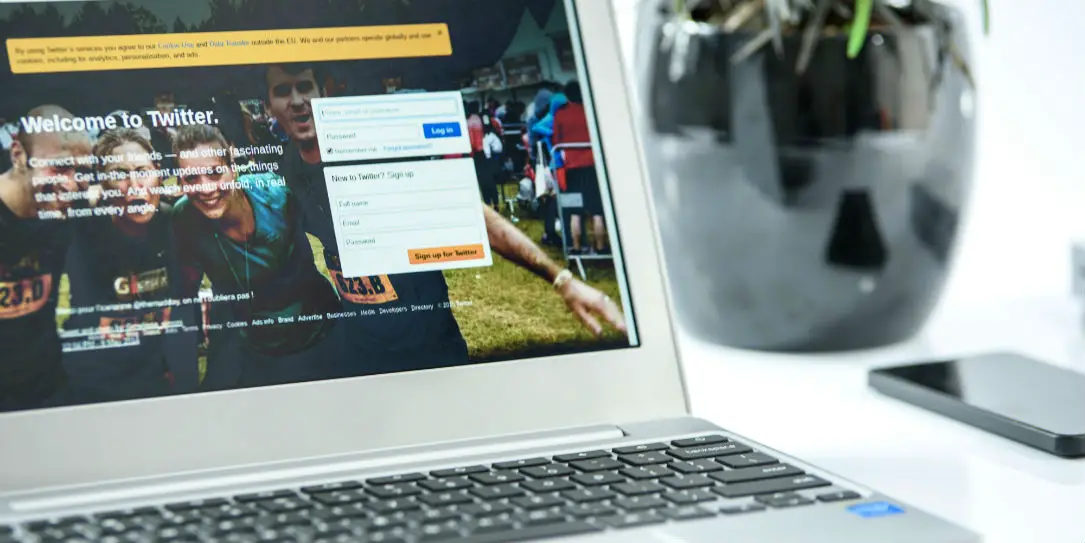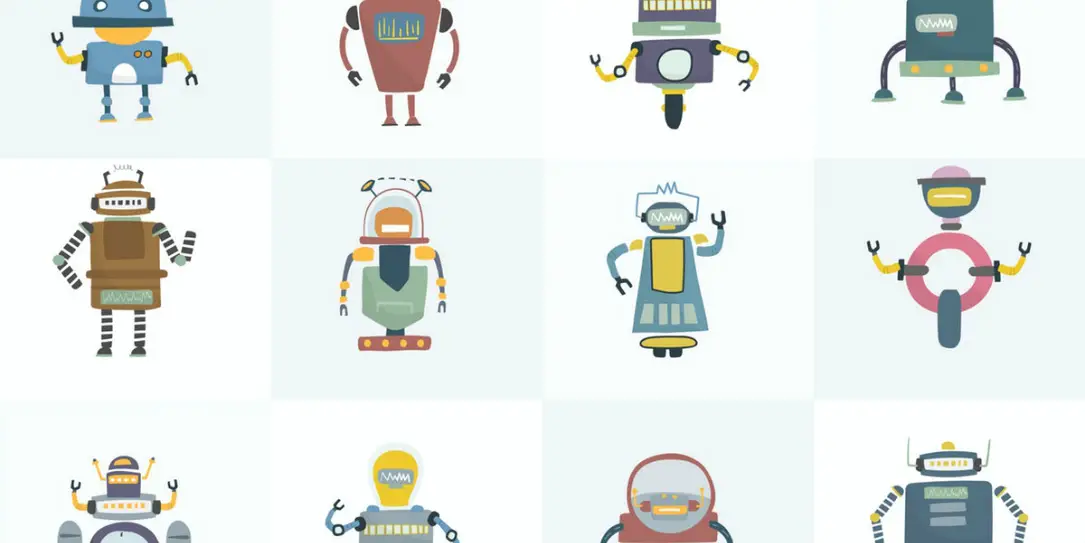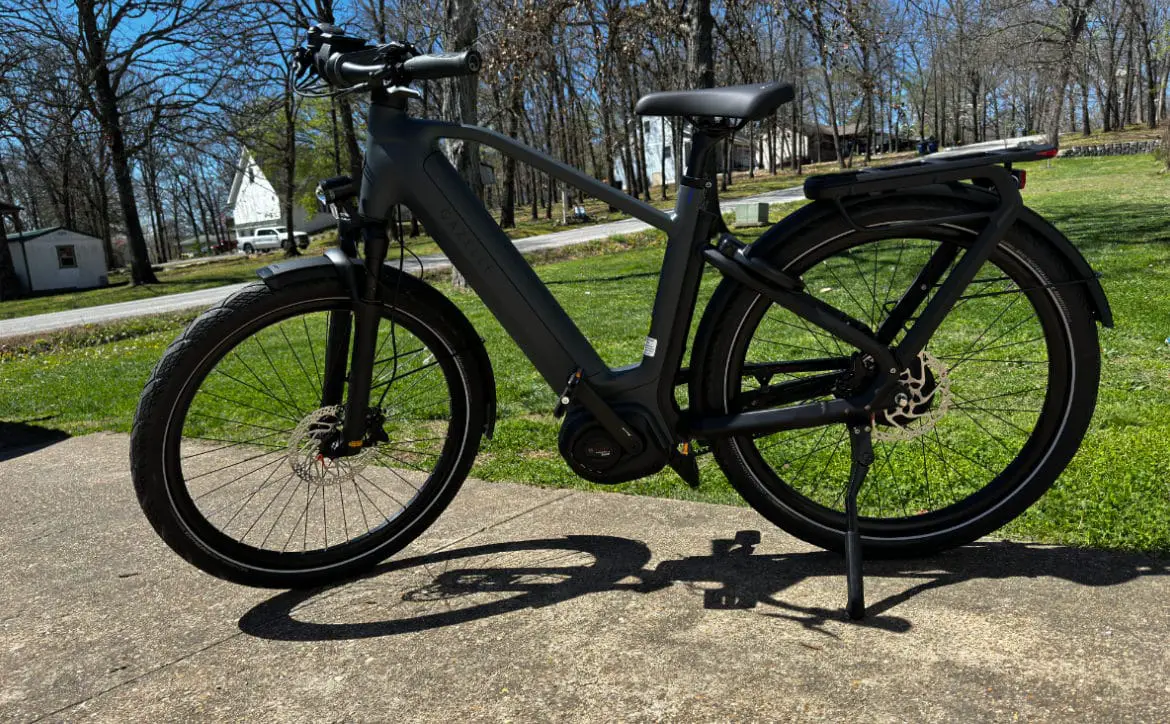For the most part, people using Twitter assume they’re interacting with other humans who share their interests, have interesting perspectives to discuss, and are otherwise populating the platform with useful content — even if some of it gets a bit heated.
However, research from the Pew Internet Research Center indicates that’s not necessarily the case.
Analysts looked at 1.2 million tweets posted within an approximately six-week period. They also relied on a list of over 2,000 of the most popular websites. The goal was to determine the impact of bots on link-sharing practices.
The investigation concluded that 66 percent of tweeted links associated with current events and news sites came from accounts that were suspected bots instead of humans.
The percentage went up to an astounding 89 percent for material sourced from news aggregator sites.

Heavily Active Bots Post More Frequently Than Human Users
The research also indicated there were 500 likely bots with higher-than-average activity levels, and they posted 22 percent of the tweeted links to news sites during this study.
In contrast, the 500 humans who posted to Twitter most frequently only made up 6 percent of those news tweets.
No Political Bias
Although the Pew study found that 44 percent of the material posted by the suspected bots related to conservative politics, the percentage of liberal-leaning content was only 3 percent less, leading the researchers to say the difference was not statistically significant.
Also, between 57 and 66 percent of the news material shared by likely bot accounts targeted people with mixed or centrist ideologies.
News Stories May Not Be as Popular as They Seem
The findings of the Pew study should make Twitter users think carefully before trusting the news-related material they find on Twitter, especially regarding its popularity.
For example, in the case of a tweet that seems related to a breaking news story, the fact that it’s been retweeted hundreds or thousands of times in a few minutes doesn’t necessarily mean the story’s more valid than if it didn’t have that traction.
Twitter boasts an average of approximately 5,700 tweets per second, making it an excellent place for users to get the scoop on things as they happen. However, before assuming something’s accurate just because it got a substantial amount of shares, users should remember that the apparent popularity of a piece of content could be evidence of the bots at work.
Similarly, if a representative from a well-known news site sees that a particular story received more interaction than usual, it’s worthwhile for them to keep in mind that the research from Pew indicates a high percentage — and possibly the majority — of the “people” responding to the story are actually bots.
A Twitter Tool to Calculate the Likelihood of an Account Being a Bot
The Pew researchers used a Botometer tool created by two organizations to figure how likely it is that a bot operates a Twitter account. It generates a score, and the higher the number, the higher the likelihood it’s a bot account.
Anyone can use the Botometer for free to become more educated about interactions on Twitter.
However, a bullet point on the tool’s interface points out that organizational accounts are more likely than not to get categorized as bots.

Twitter Reportedly Cracked Down on Link-Sharing Practices
In February, Twitter announced it was changing its application programming interface (API) to disallow software that allowed people to share links or content across multiple accounts.
The only exception was related to sharing information related to public safety or awareness, such as weather updates. That technology was what made Twitter bots work, and it’s important to realize that the Pew study happened last fall.
Not All Bots Are Bad
There are millions of bots in Twitter’s universe, but they’re not all out to skew people’s perceptions of which news is worth reading. Some are creative or witty and have “bot” in their Twitter usernames to make it obvious they aren’t humans.
One operated by Netflix tells people the newest content additions to the streaming site. There’s another called @DearAssistant that tries to be a substitute for Siri by answering users’ questions.
If people are concerned that the Twitter accounts they interact with most often are bots, they can use the Botometer tool as a starting point.
It’s also worthwhile to check particular characteristics of an account. If it’s been established for years and features a variety of content made up of more than news links, those are two signs that suggest it’s a human-owned account rather than one with content populated by a bot.
This bot-related research should emphasize that having a slightly cynical approach to social media is often initially best. Bots share the realm with humans, and the former is often more prominent.










